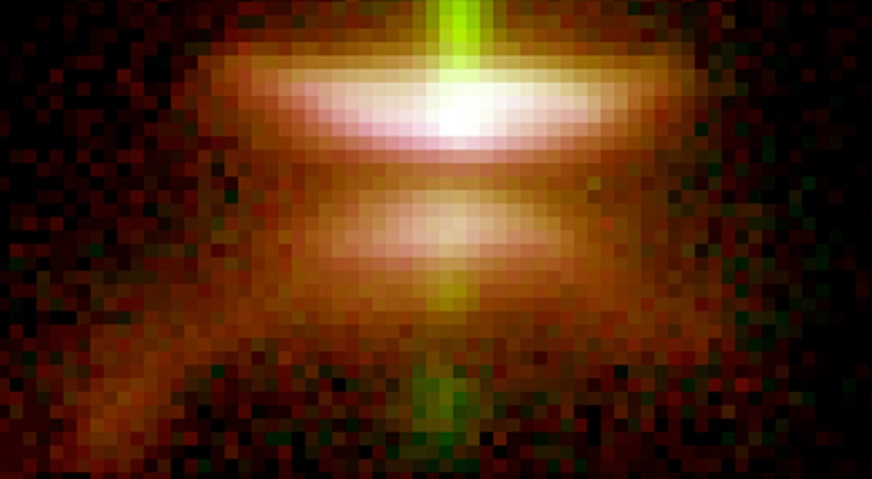
If you thought your dreams of contributing to the space program ended when you were too old to go back to space camp, you were fortunately mistaken. Through a new crowdsourcing project called Disk Detective (DiskDetective.org), NASA is asking the public at large to help astronomers discover embryonic planetary systems.
The goal of the Disk Detective project is to produce publishable scientific results on planetary systems hidden among data from NASA’s Wide-field Infrared Survey Explorer (WISE) mission. According to NASA, WISE was designed to survey the entire sky at infrared wavelengths. From a post within Earth’s orbit, the WISE spacecraft completed two major scans of the entire sky between 2010 and 2011, taking detailed measurements on more than 745 million objects. As such, the combined data from these two scans represent the most comprehensive survey of the sky at mid-infrared wavelengths currently available.
“Through Disk Detective, volunteers will help the astronomical community discover new planetary nurseries that will become future targets for NASA's Hubble Space Telescope and its successor, the James Webb Space Telescope,” said James Garvin, the chief scientist for NASA Goddard's Sciences and Exploration Directorate.
Since 2011, astronomers have been searching through the WISE data for planet-forming environments, narrowing the field to approximately a half-million sources that shine brightly in infrared. These sources may include dust-rich disks that are absorbing light from stars and re-radiating it as heat.
“Planets form and grow within disks of gas, dust and icy grains that surround young stars, but many details about the process still elude us,” said Marc Kuchner, an astrophysicist at NASA's Goddard Space Flight Center. “We need more examples of planet-forming habitats to better understand how planets grow and mature.”
However, interstellar dust clouds, galaxies and asteroids also glow in infrared, making any attempts at automated identification efforts a distant dream. The WISE program may have located the thousands of nascent solar systems out there, but the only way we can determine which are actually developing planetary systems is by scrutinizing each by eye.
That’s where YOU come in.
Recognizing this as an opportunity to crowdsource the laborious research efforts, Kuchner arranged for NASA to partner with the Zooniverse, a collaborative of scientists, software developers and educators who cooperatively develop and manage citizen science projects on the Internet. The result of this collaboration is Disk Detective. The program incorporates images from WISE and other sky surveys in brief animations called flip books. Citizen scientists log on to view a flip book and are asked to classify the object they are viewing based on simple criteria, such as whether the image is round or includes multiple objects. Through the collection of this information, astronomers can later assess which sources should be explored in greater detail.
The project aims to locate two types of developing planetary environments. The first, known as a young stellar object disk, is typically less than 5 million years old, contains large quantities of gas, and often is found in or near young star clusters. The second, known as a debris disk, is usually older than 5 million years, possesses little or no gas, and contains belts of icy or rocky debris that resemble the asteroid and Kuiper belts found in our own solar system.
“Disk Detective's simple and engaging interface allows volunteers from all over the world to participate in cutting-edge astronomy research that wouldn't even be possible without their efforts,” said Laura Whyte, director of citizen science at Adler Planetarium in Chicago, a founding partner of the Zooniverse collaboration.
To obtain more information about Disk Detective, including details about how you can become a citizen scientist and contribute to the program, visit http://www.diskdetective.org.
Advertisement
Learn more about Electronic Products Magazine





